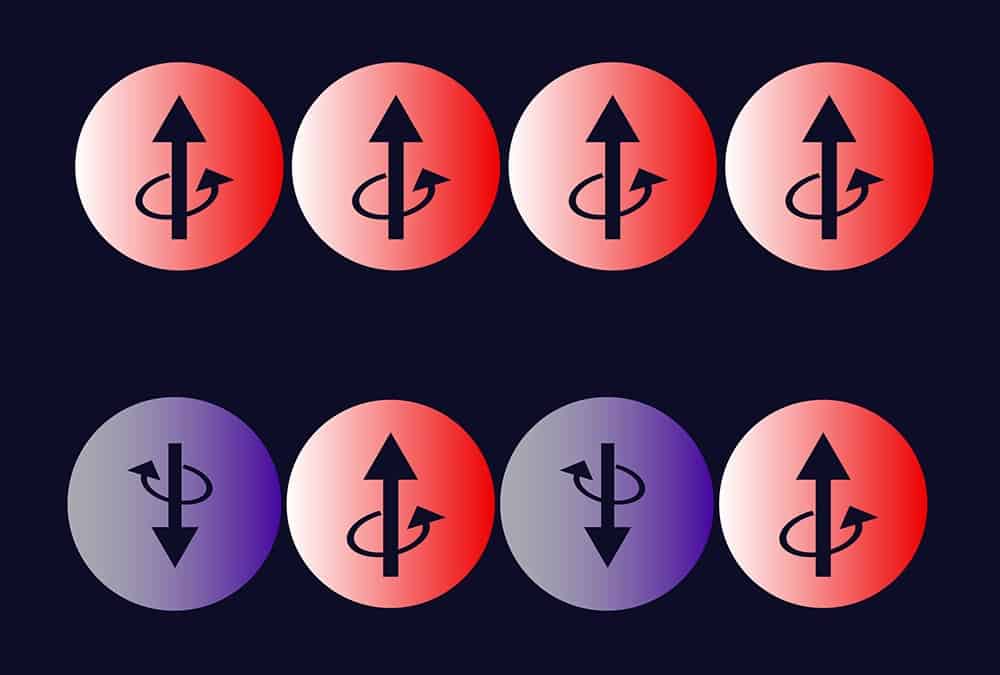South Korea’s space agency announced plans on Friday to launch a solar coronagraph to the International Space Station (ISS) in a collaborative mission with NASA. Developed as part of the Coronal Diagnostic Experiment (CODEX), this instrument is set to observe and gather data on the Sun’s corona and the solar wind as well as the stream of charged particles that flows from the Sun’s outer atmosphere. The CODEX device is scheduled to be launched aboard SpaceX’s Falcon 9 from Florida’s Kennedy Space Center on Monday, as reported by Yonhap News Agency.
Bilateral Project to Examine Solar Atmosphere
The CODEX project represents a very important collaboration between the Korea Aerospace Research Institute (KASA) and NASA, with CODEX marking a pioneering achievement as the world’s first coronagraph equipped to measure temperature, velocity, and density within the solar wind. Once aboard the ISS, CODEX will be mounted on the station’s express logistics carrier, allowing for approx 55 minutes of solar observation in each 90-minute orbit around Earth. This data is expected to enhance researchers’ understanding of the solar wind, potentially aiding in space weather forecasting efforts.
South Korea’s Expanded Cooperation with NASA
Alongside the CODEX project, South Korea and the United States have broadened their partnership in space exploration. KASA and NASA signed a statement of cooperation, focusing on research initiatives including the Artemis lunar exploration programme. KASA’s involvement with the Artemis project includes studies on sustainable lunar exploration and advancements in Mars mission preparations. With this agreement, South Korea has become the fifth nation to officially collaborate with NASA on such initiatives.
Pioneering Studies and Technological Advancements
Under the framework of this agreement, South Korea and the US will work together on a variety of feasibility studies related to lunar landers, as well as advancements in communication, navigation, and astronaut support systems. In addition, collaborative efforts will span lunar surface science, autonomous power, robotic systems, and cis-lunar space operations—the area between Earth and the Moon.









